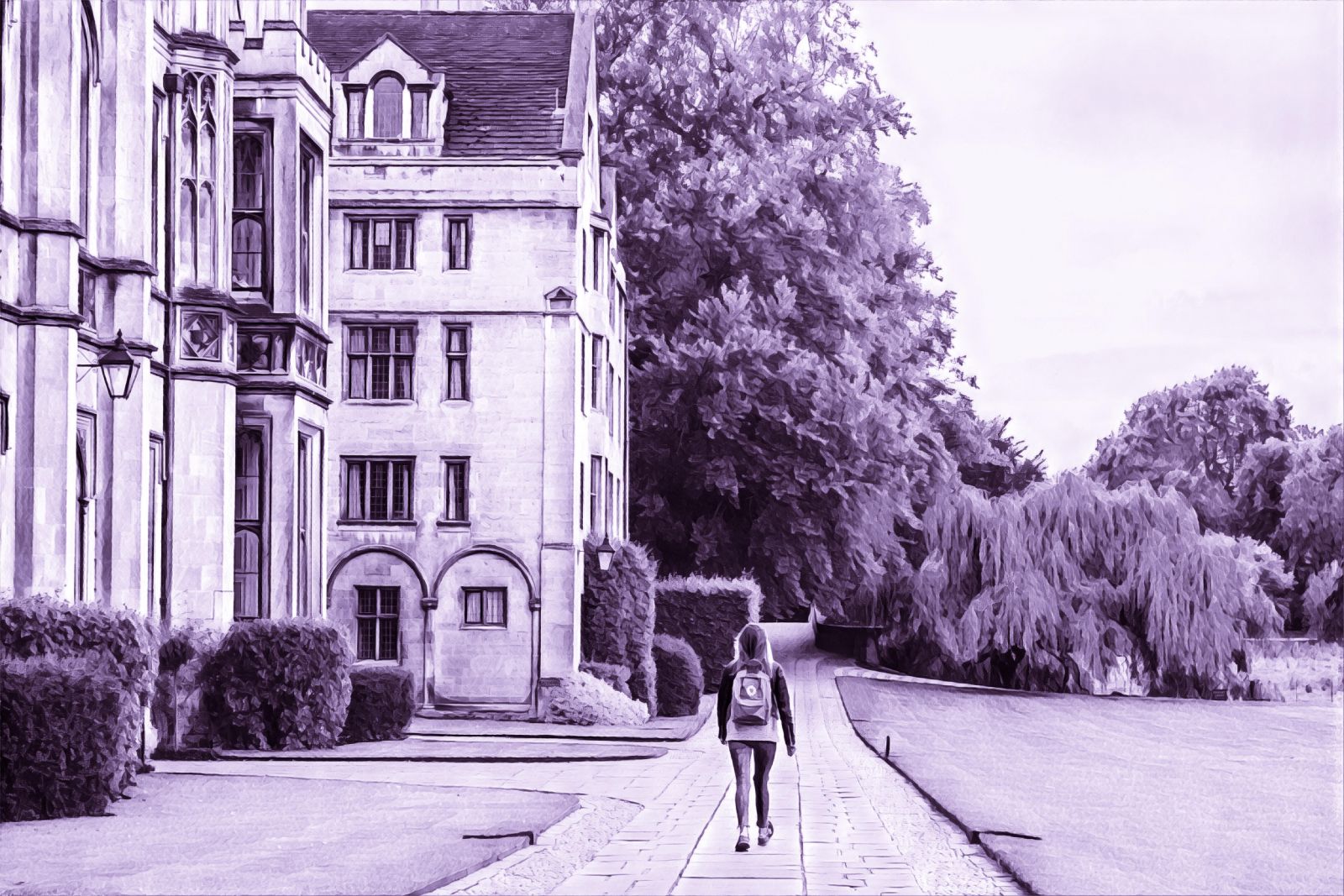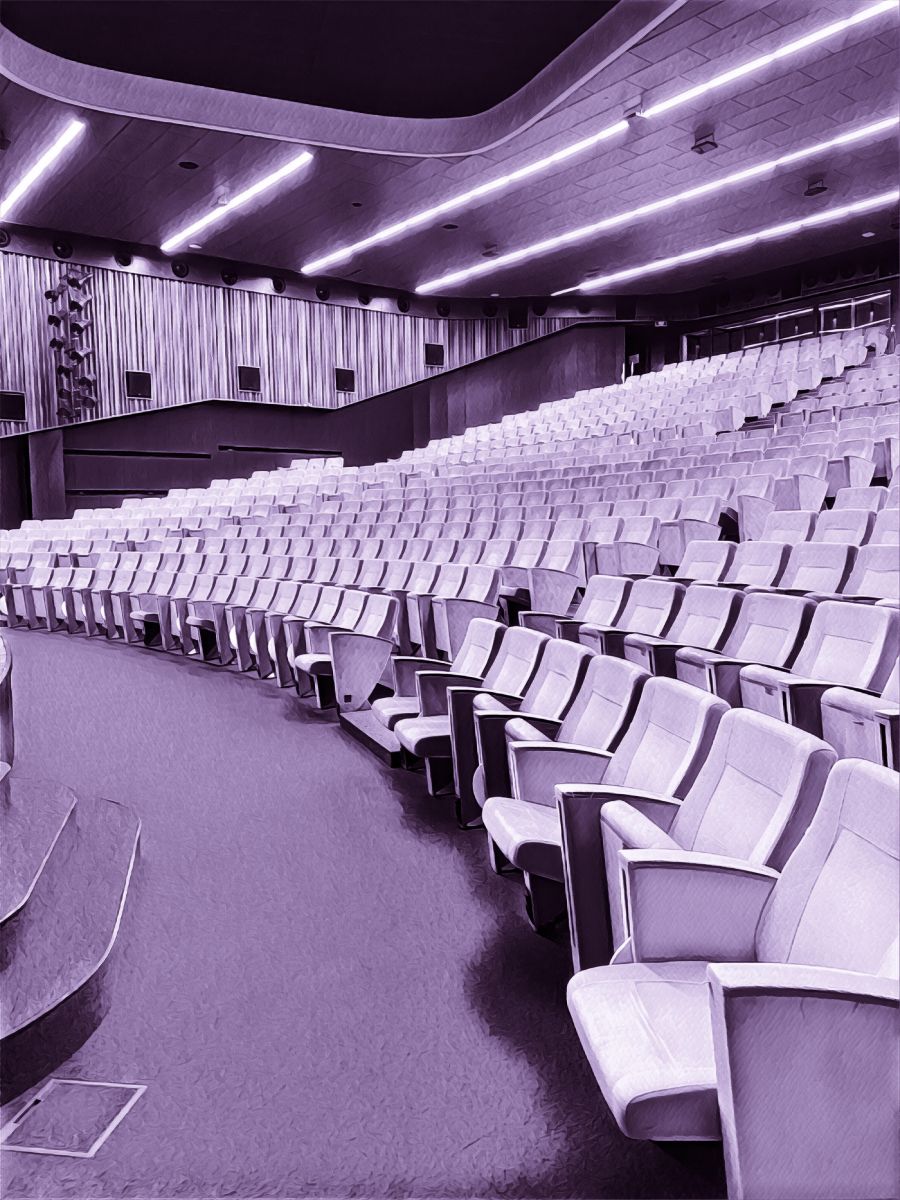A CRISIS IN EDUCATION: Can we make the Humboldtian Concept Sexy Again?
Few would oppose the notion that university humanities and science departments alike should strive towards an educational model that is less market-driven and more focused on holistic learning. However, universities are becoming increasingly economized. As Chris Lorenz writes, this often results in the economy “determining whether ‘intellectual production’ is ‘scientific’ or not… [thus presenting] the economy as the legitimation of science and not the other way around” [1]. From an educational perspective, students are confronted with the implications of this phenomenon as early as their undergraduate classes. Policy makers have long voiced their desires to encourage university training that is in alignment with the job market, thereby rewarding students in fields that are considered ‘important’ to the economy [2].

However, the underlying impetus for economization is more often found in graduate school policies and in guidelines that govern funding for research. Elizabeth Popp Berman explains that today’s universities contribute heavily to their current status as economic engines by investing in research projects that are likely to create new industries in order to keep their respective nations globally competitive [3]. Even though joint research between the humanities, social sciences, and STEM could be beneficial in theory, university leadership and prominent funding sources still remain hesitant to support concrete projects at the intersection of these areas [4]. Questions of leadership, hurdles of cross-departmental funding, and staff assignments alongside applications, meetings, and personal availabilities require a great amount of coordinated effort–all of which drain the same scarce resources. So how does one merge these two opposing standpoints without ignoring the priorities of universities competing for students, funds, and rankings?

Even before the concept of STEM had emerged, one European philosopher had already been discussing the problem: Wilhelm von Humboldt. At the beginning of the 19th century, Humboldt tried to resolve the challenges posed by rigid university structures, which had led to stagnant student enrollment and endangered the existence of many smaller universities [5]. Addressing these problems, Humboldt developed a model of higher education, the Humboldt’sche Bildungsideal, in which research, arts and, sciences were regarded as complementary aspects of holistic education [6]. Writing to the King of Prussia, Humboldt expressed his opinion that education should interlink all educational institutions, benefit all citizens, and encourage both individuality and professional training [1]. He concluded,
There are undeniably certain kinds of knowledge that must be of a general nature and, more importantly, a certain cultivation of the mind and character that nobody can afford to be without. People obviously cannot be good craftworkers, merchants, soldiers or businessmen unless, regardless of their occupation, they are good, upstanding and–according to their condition–well-informed human beings and citizens. If this basis is laid through schooling, vocational skills are easily acquired later on, and a person is always free to move from one occupation to another, as so often happens in life [2].
From a modern perspective, one could read into Humboldt’s explanation that he does not deem one field (e.g. science) being inherently of higher value than another (e.g. literature) but rather that both together are necessary to create well-informed, holistic individuals.
In 1810, the University of Berlin was founded under Humboldt’s influence [5]. The university considered teaching and research mutually enriching while encouraging students to take advantage of their Lernfreiheit (“liberty in learning”) to seek truth in the faculty of philosophy, one of the most important subjects in Humboldt’s model [5]. Of course, while according to Immanuel Kant, philosophy functions as a means for seeking truth, history shows us that ‘truth’ is a highly malleable term and often prone to be falsified and used in propaganda. Humboldt’s ideal university was thus not completely free of criticism. R. D. Anderson criticizes the model to promote aristocratic and bourgeois educational ideas as both expression and enhancement for the “neo-feudal Prussian state” without being inclusive to all members of the Prussian society [5]. As Charles McClelland suggests, Humboldt’s model was fueled by “elite bourgeois ideology” whose “vaguely aristocratic ethos of self-development via the pursuit of scholarship had little in common with the hard-headed thinking patterns of the commercial bourgeoisie, let alone those of artisans and peasants” [7].
Where wicked, global challenges require transdisciplinary and creative approaches, Humboldt’s ideas are as
contemporary as ever.
Interestingly, the critique formulated by McClelland emphasizes the very gap that Humboldt tried to bridge with his holistic approach. In my opinion, it is not the model itself which deserves the critique, but rather the fact that the model has not prevailed. Thus, in our contemporary, ‘hyper-connected’ world, Humboldt’s ideas again encourage us to foster transdisciplinary learning between all subjects. Starting points could be set in both undergraduate and graduate education by introducing courses that combine topics of science and the humanities, such as “The History of Technology” or “The Philosophy of Physics.” Alpen-Adria University’s graduate school in Klagenfurt, Austria, for example, has introduced to their programs the Master of Game Studies and Engineering, which requires students to complete coursework in both STEM and the humanities. More generally speaking, students should be encouraged to take more responsibility for creating their individual curricula. While in theory, students in the U.S. and Europe are usually allowed to do so, these opportunities are limited by detailed study and especially examination requirements tailored to single-lane curricula.

Where wicked, global challenges require transdisciplinary and creative approaches, Humboldt’s ideas are as contemporary as ever. They aid in the creation of well-informed, holistic individuals; this should be more than welcomed in 2020. As David Pederson writes, “[The exercise of transdisciplinary academic scholarship] is worthwhile. In areas such as climate change, resource efficiency, urbanization, and medicine, there is an urgent need to develop a much deeper understanding of human experience and meaning in a hyper-connected but unstable world” [4]. I could not agree more, because the resources invested in unsuccessfully solving wicked problems have only brought us further from the solution, increasing the need for dynamic, holistic problem solvers.
Work Cited:
- Flittner, A. & Giel, K. (Ed), Wilhelm von Humboldt. Schriften zur Anthropologie und Geschichte (Band I). Darmstadt: Wissenschaftliche Buchgesellschaft, 1969.
- Cohen, P. It’s a Tough Job Market for the Young Without College Degrees. In: New York Times.
- McClelland, Charles E. State, Society and University in Germany 1700-1914. Cambridge: Cambridge University Press, 2009.
- Lorenz, Chris. Will the universities survive the European Integration? Higher Education Policies in the EU and in the Netherlands before and after the Bologna Declaration, 2006.
- Anderson, R.D. European Universities from the Enlightenment to 1914. In: Oxford Scholarship Online 2004. DOI: 10.1093/acprof:oso/9780198206606.001.0001.
- Pedersen Budtz, David. Integrating social sciences and humanities in interdisciplinary research. In: Palgrave Communications 2016.
- Günther, K. Profiles of educators: Wilhelm von Humboldt (1767–1835). In: Prospects 18, 1988, 127–136.